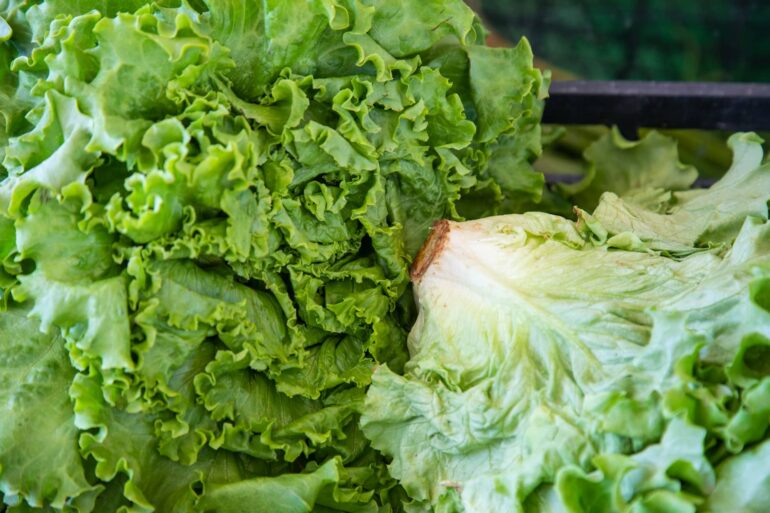Lettuce is more than just a salad staple—it has a rich history, surprising benefits, and unique characteristics that make it an essential part of many diets.
Here are 15 weird and wildly fascinating facts about lettuce that will blow your mind!
1. Lettuce Has Been Around for 6,000 Years (And Counting!)

Yes, lettuce has ancient roots—literally. Cultivated by the Egyptians over 6,000 years ago, lettuce was originally grown for its oil-rich seeds before anyone thought to munch on the leaves. Fast forward to today, and it’s a global salad superstar. So next time you crunch into a leaf, remember, you’re biting into a bit of history.
2. Lettuce as a Sleep Aid

Move over, melatonin! The ancient Greeks believed that lettuce was the secret to a good night’s sleep. They even served it after meals to help guests wind down. On the flip side, Roman Emperor Domitian served it first to keep guests awake through his long-winded feasts.
Apparently, lettuce is more versatile than we thought—sleep inducer or sleep preventer, depending on your timing.
3. High Water Content

Lettuce is basically nature’s water bottle. With a whopping 95% water content, it’s like eating hydration. But that’s not all—its high water content also means it’s super low in calories, making it a diet-friendly staple. Plus, that crisp bite? All thanks to the water, my friend.
4. Ethylene Sensitivity

Here’s a pro tip: never store lettuce next to apples or bananas. Why? Because these fruits release ethylene gas, which causes lettuce to wilt faster than you can say “Caesar salad.” Keep your lettuce far, far away from these ethylene machines if you want it to stay fresh.
5. Symbol of Fertility
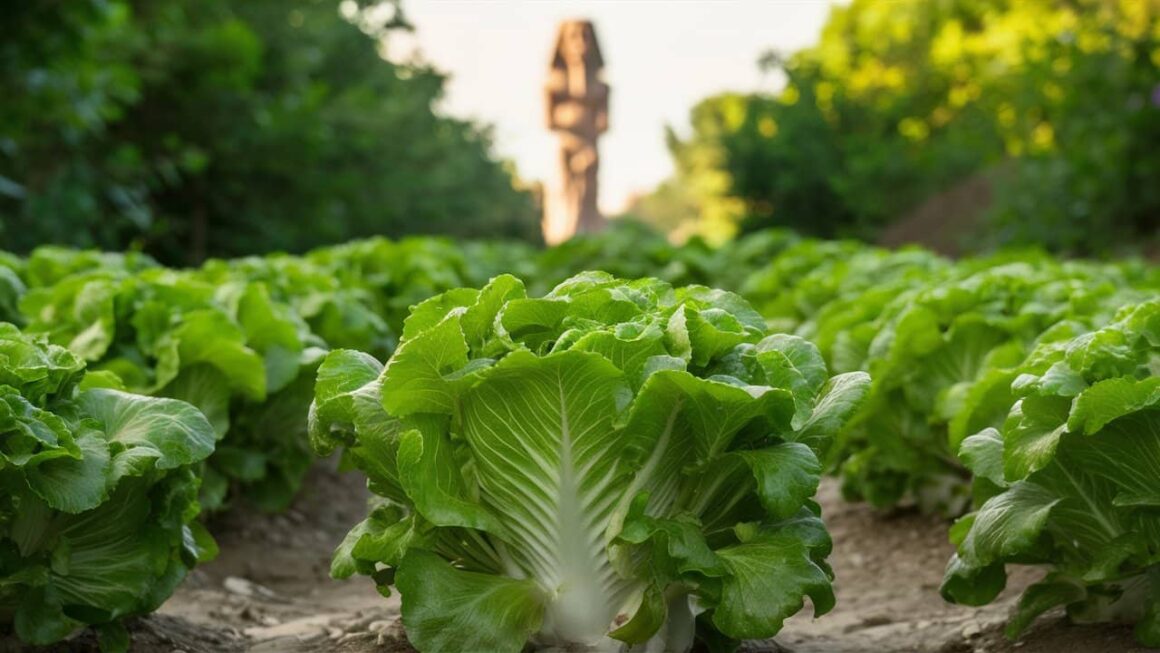
In ancient Egypt, lettuce wasn’t just food—it was a symbol of fertility. It was linked to the god Osiris and was believed to boost one’s chances of having children. Augustus Caesar even erected a statue dedicated to lettuce. Apparently, there’s more to this leafy green than meets the eye.
6. Lettuce Varieties
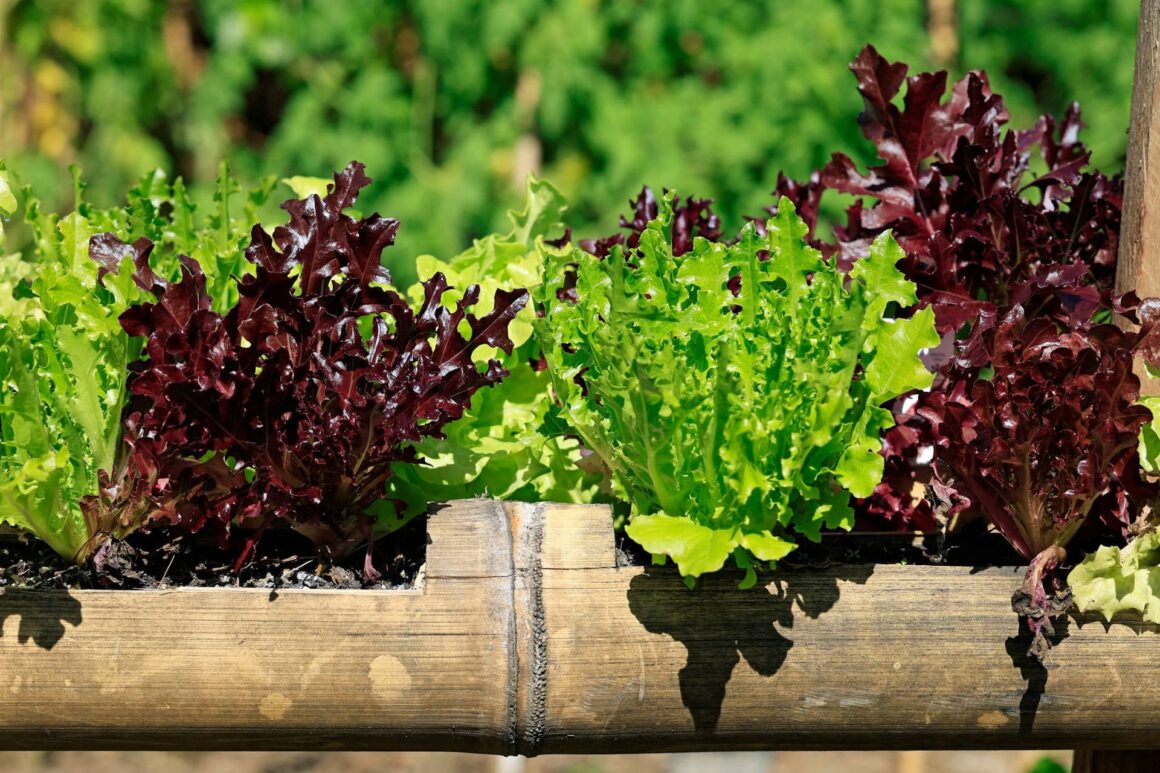
There are numerous types of lettuce, including iceberg, romaine, butterhead, and loose-leaf. Each variety has its own unique flavor and texture profile, offering something for everyone.
7. Lactucarium
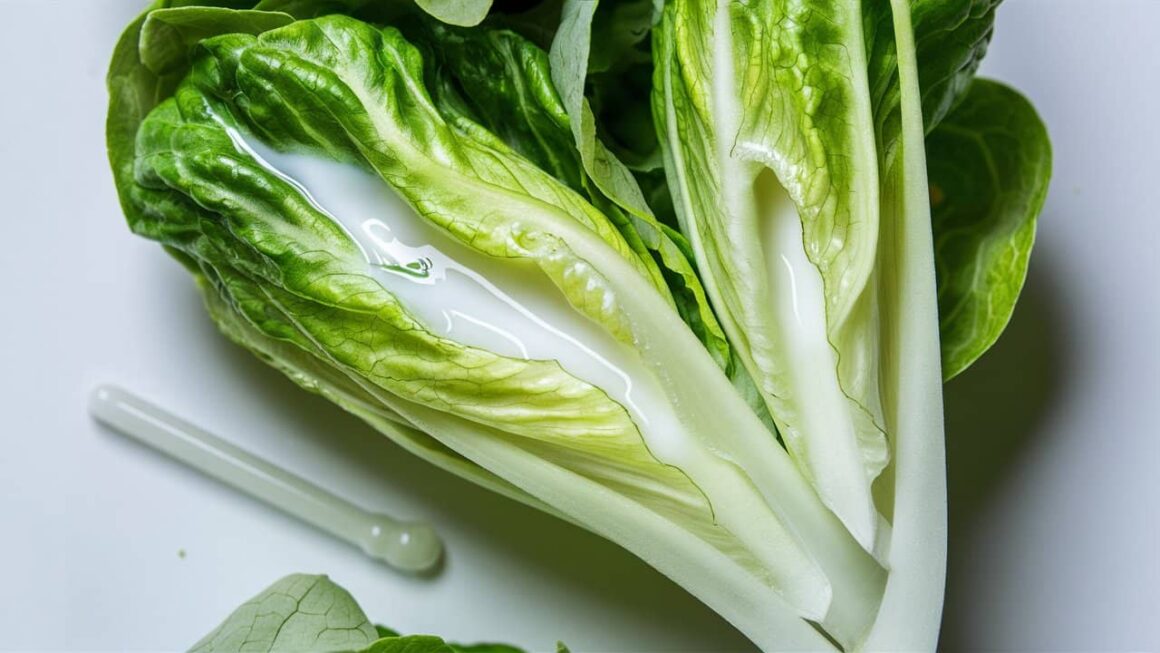
No, it’s not what you think. Lettuce contains a milky fluid called lactucarium, sometimes dubbed “lettuce opium.” This substance has mild sedative properties, which probably explains the Greeks’ obsession with lettuce as a sleep aid. It won’t knock you out, but it might just help you unwind.
8. Iceberg Lettuce’s Name
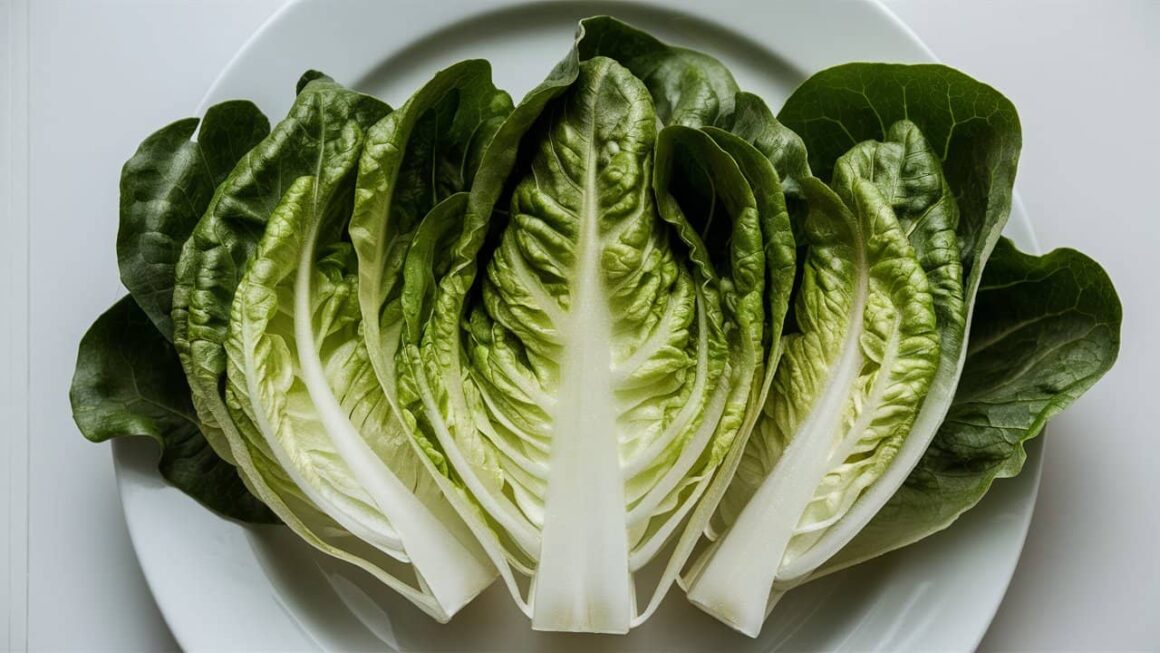
Ever wondered why it’s called “iceberg” lettuce? It’s because back in the day, farmers shipped this lettuce variety on trains packed in ice. When the train cars were opened, the mounds of ice-covered lettuce looked like—you guessed it—icebergs. Now, that’s one way to stay cool!
9. Lettuce in Space

Lettuce isn’t just a terrestrial treat—it’s been grown in space too! As part of NASA’s experiments, lettuce was cultivated in microgravity aboard the International Space Station. This leafy green could be key to sustaining astronauts on long space missions. Who knew lettuce was such a cosmic overachiever?
10. Lettuce Production
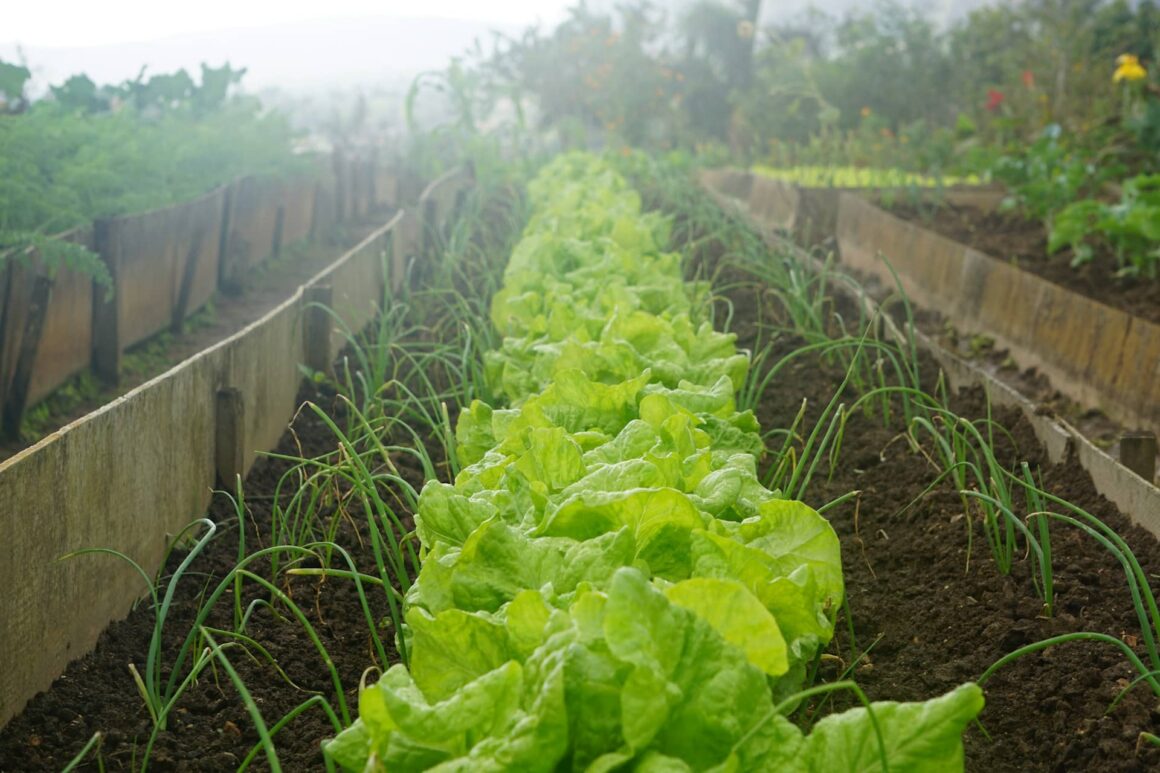
If you’re eating lettuce in the U.S., there’s a 70% chance it came from California. The state is a lettuce powerhouse, but globally, China takes the crown, producing over half of the world’s lettuce. So whether you’re chowing down on a Caesar salad or some fresh spring rolls, you might want to thank a Californian—or a Chinese farmer.
11. Darker Lettuce, Better Nutrients
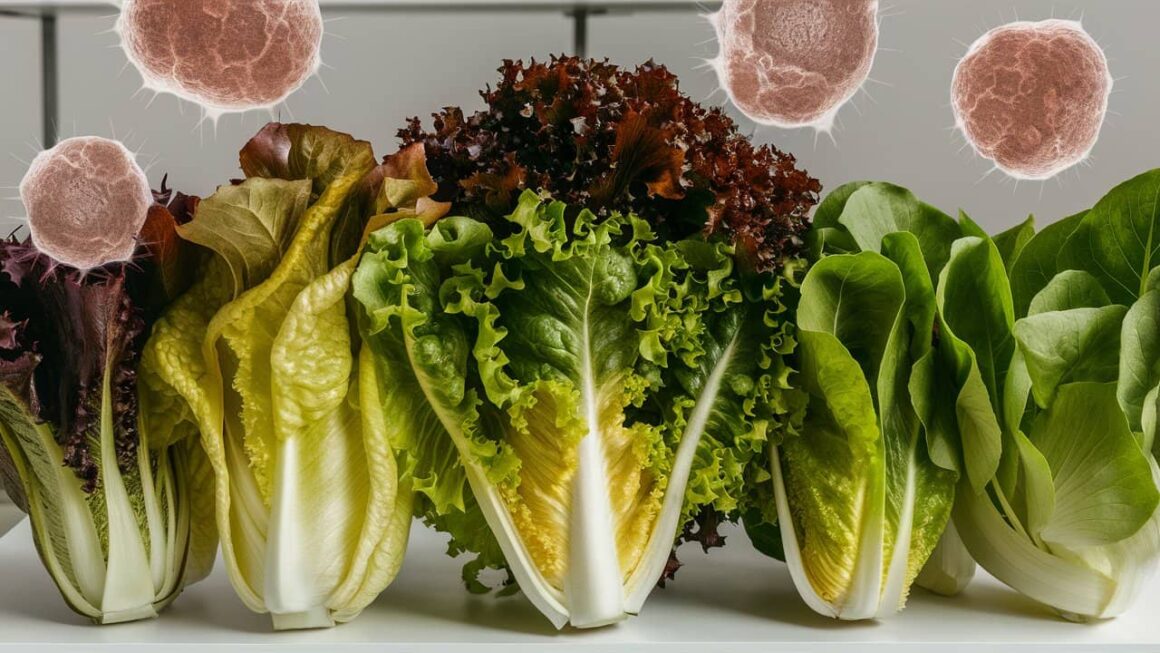
Not all lettuce is created equal. The darker the leaf, the more nutrients it packs. Dark green varieties are rich in vitamins A, C, and K, plus a healthy dose of essential minerals. So if you’re looking to up your nutrition game, skip the iceberg and go for romaine or butterhead instead.
12. Lettuce and Cancer
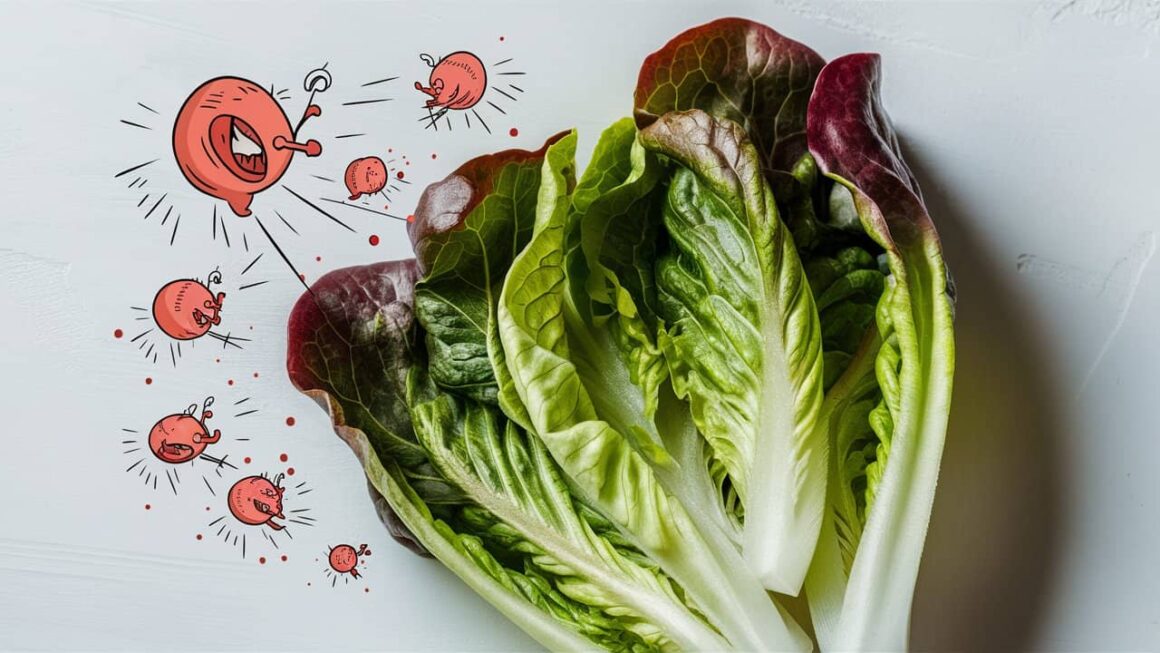
Believe it or not, some studies suggest that the antioxidants in lettuce—like beta-carotene and lutein—may help fight cancer cells. So next time you’re loading up your plate, remember that lettuce might be doing more for you than just adding crunch.
13. Lettuce Is Part of the Daisy Family
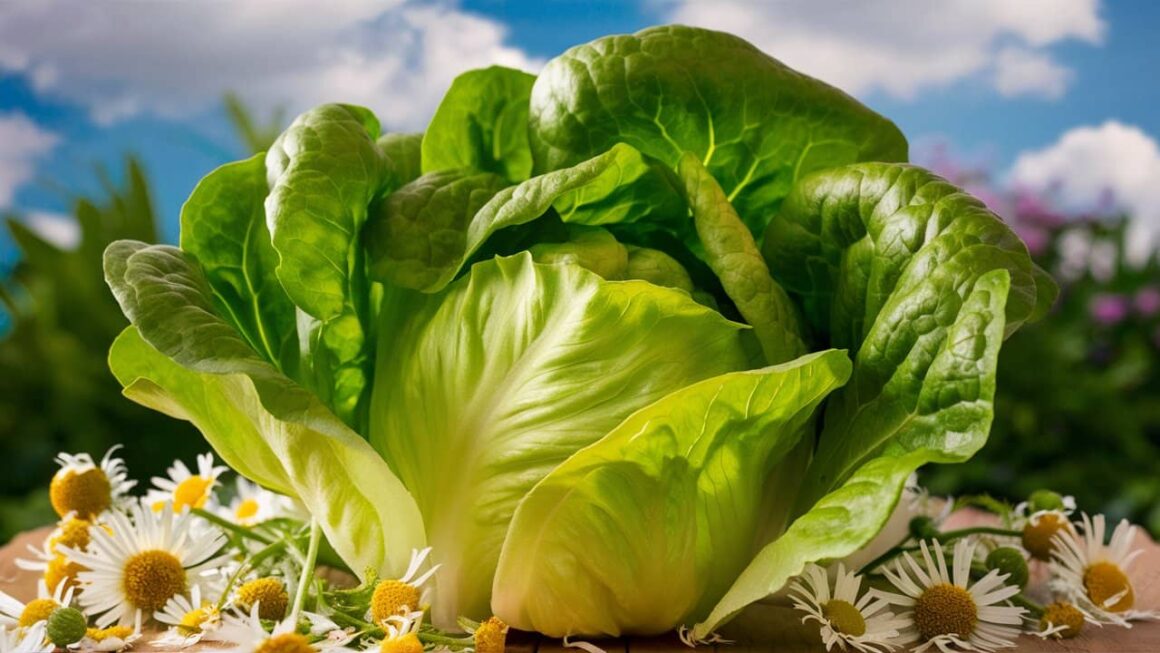
Surprise! Lettuce isn’t just related to other greens—it’s actually part of the daisy family, which includes sunflowers and chrysanthemums. Who knew your salad greens had such pretty relatives?
14. Year-Round Growth Power
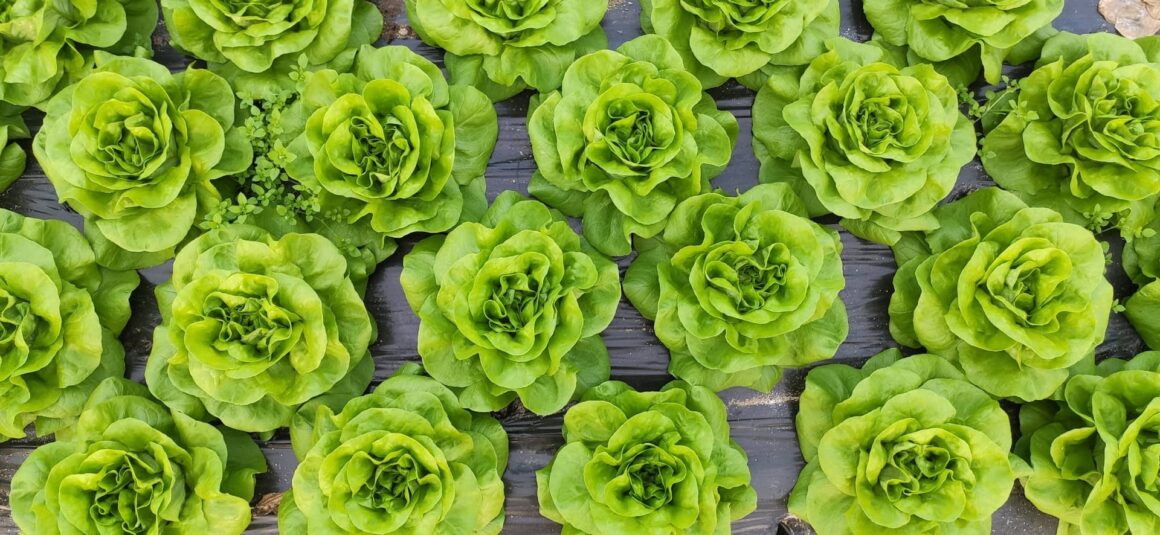
Lettuce doesn’t need a particular season to thrive—it can be grown year-round thanks to its adaptability to cooler weather. That means you can enjoy fresh, local lettuce even in the off-season. Talk about a reliable veggie!
15. Lettuce Consumption
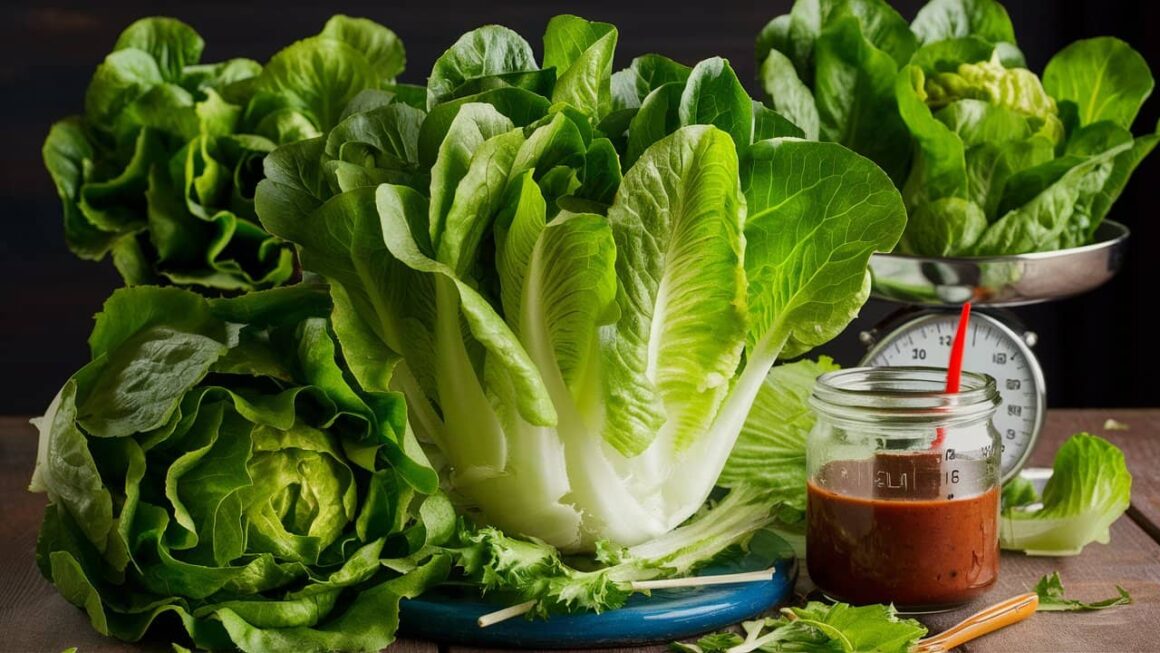
The average American eats about 30 pounds of lettuce each year. That’s a lot of salads, sandwiches, and wraps! Clearly, this leafy green is a beloved staple in the American diet—and it’s not going anywhere anytime soon.
From its ancient roots to its surprising health benefits, lettuce is more than just a leafy green.
Share these crisp facts with your friends, and next time you enjoy a salad, you’ll have a deeper appreciation for this versatile vegetable!

